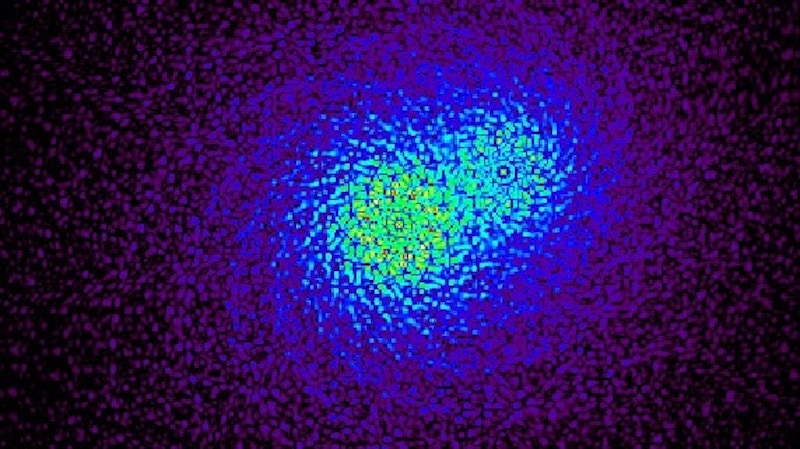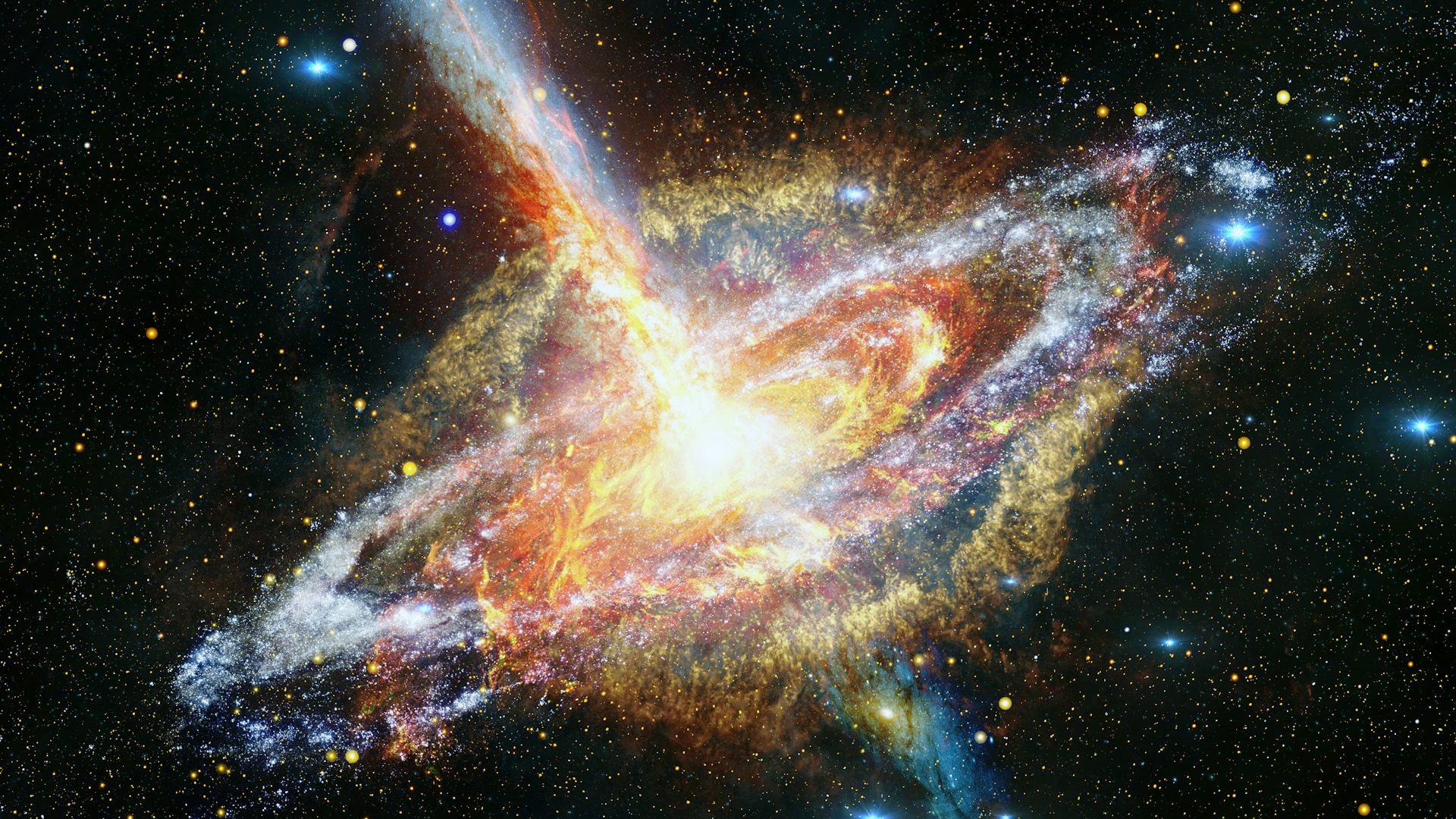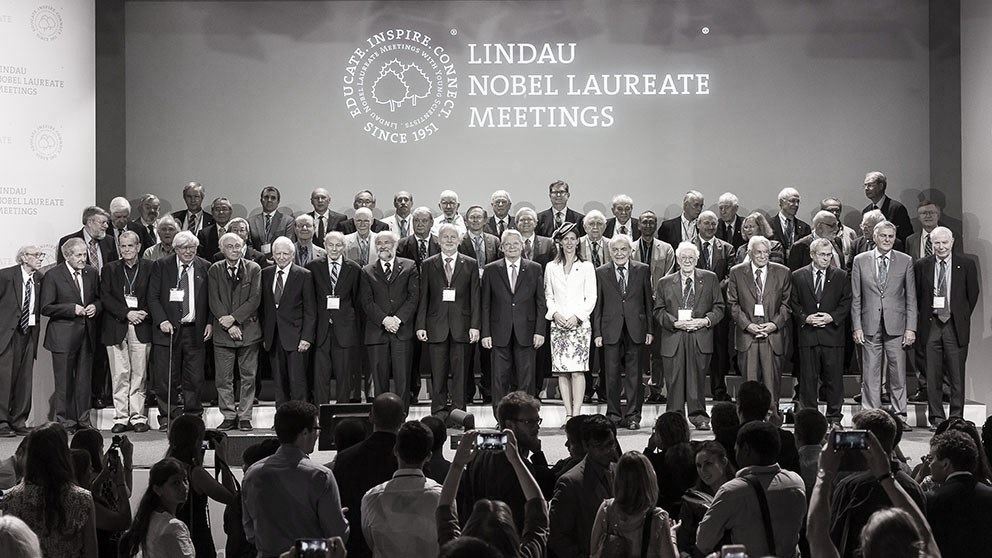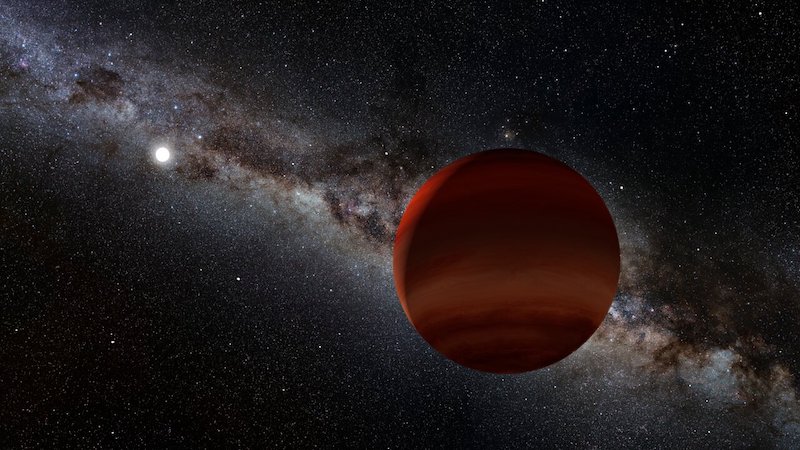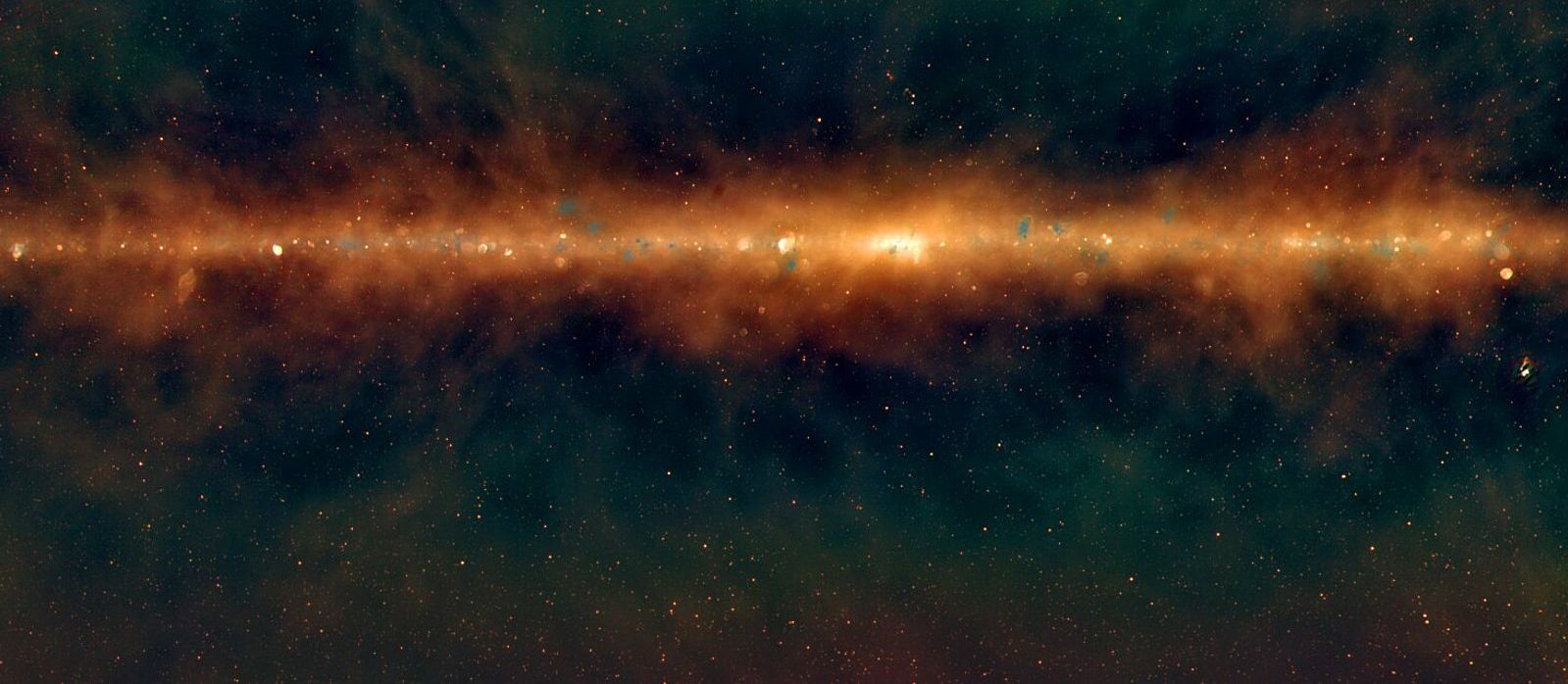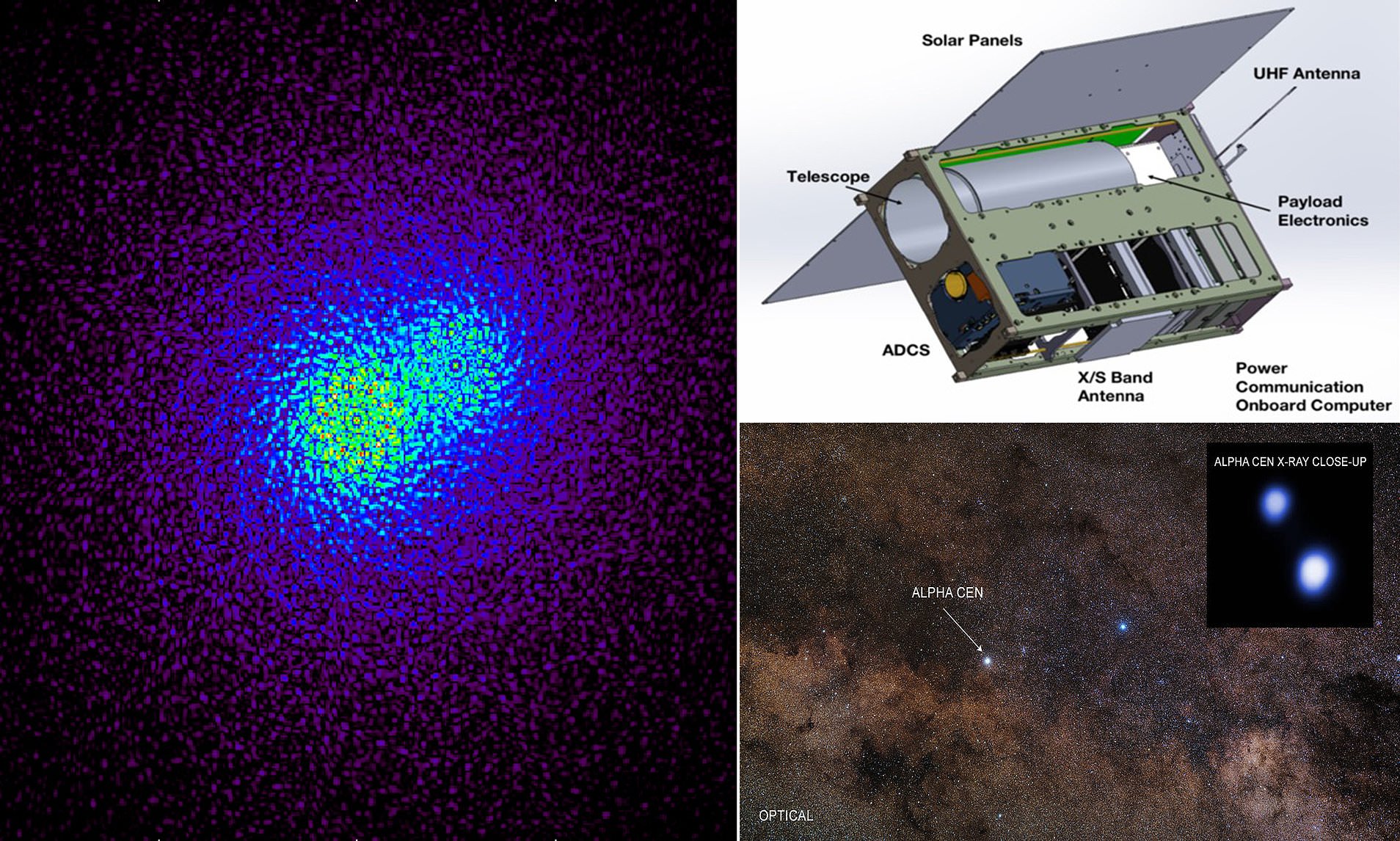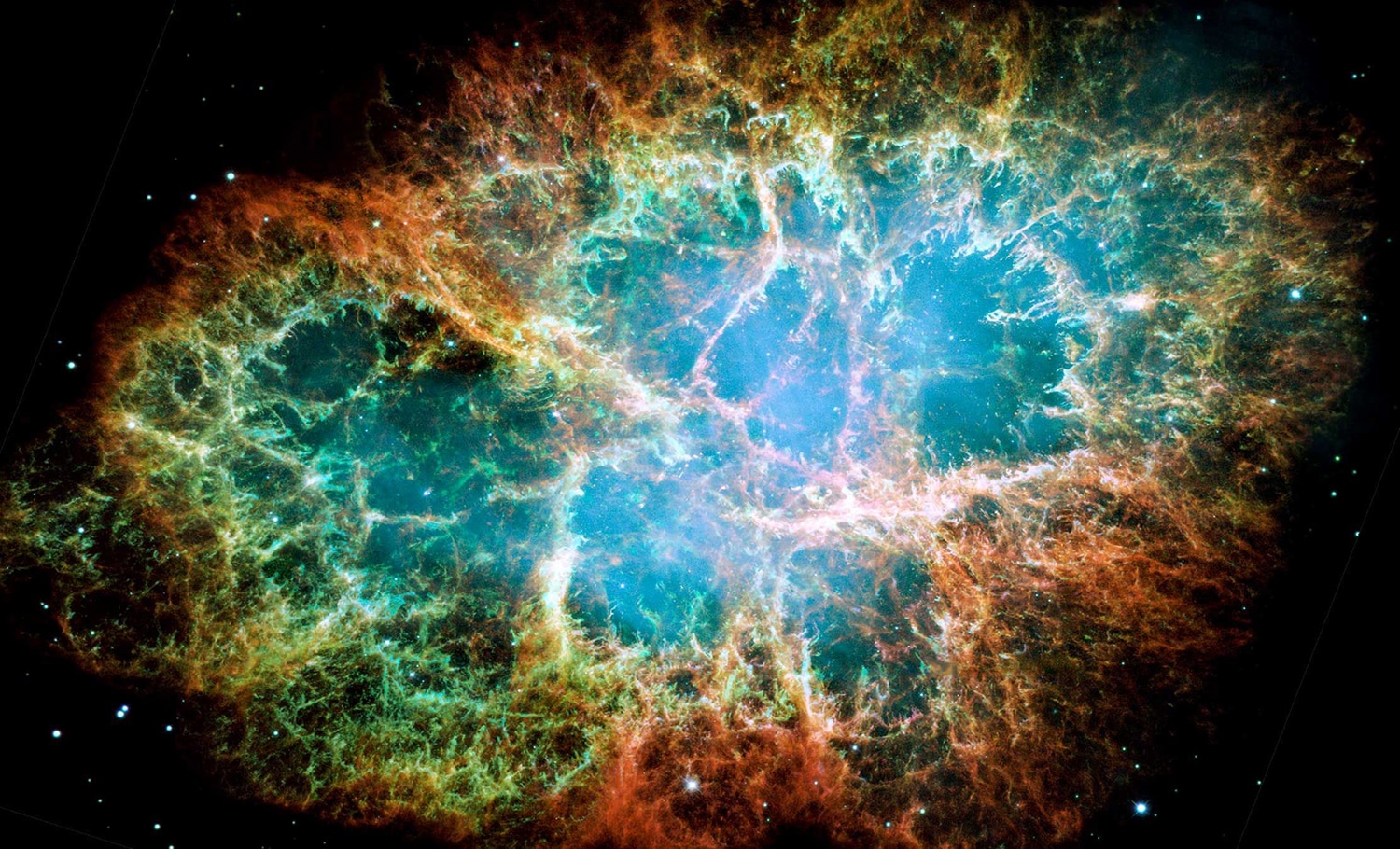News
Congrats to Peter who was awarded the Michelson Prize for his theoretical work, instrumentation, science and student training in the field of interferometry. “Tuthill has contributed to theoretical work, instrumentation, science and student training in the field of interferometry. He has notably participated in many facilities, from COAST to CHARA
Congratulations to Peter for his Michelson Prize
Manisha got some good media coverage for her discovery of an unusual radio transient; her Conversation article was the most-read Australian/NZ article of the week when it was published. See the article here: https://theconversation.com/a-strange-intermittent-radio-signal-from-space-has-astronomers-puzzled-231385
Manisha’s discovery of an unusual radio transient in the media
This year during Science Week the astronomers of the Sydney Institute for Astronomy have specifically set aside the time to bring our exciting science into the community. If your organisation is fascinated by space, intrigued by the universe or dazzled by the solar system—why not ask for an astronomer? An
Book an Astronomer – Connecting to the Universe for Science Week 2024
Congratulations to SIfA PhD students – Simon Weng & Emily Kerrison – chosen as part of the group of ten ECRs to attend the Lindau Nobel Laureate meeting: Ms Emily Kerrison of the University of Sydney, who is a PhD student in radio astronomy, using telescopes in Western Australia and around the
SIfA PhD students attended the Lindau Nobel Laureate meeting
Congrats to Kovi Rose whose recent paper got some good media coverage We have identified the coldest star ever found to produce radio waves – a brown dwarf too small to be a regular star and too massive to be a planet. Our findings, published today in the Astrophysical Journal Letters, detail
We’ve detected a star barely hotter than a pizza oven – the coldest ever found to emit radio waves
Congratulations to Manisha who was part of a recent paper published in Nature this month: This object belongs to a new class of radio transients of which only 3 are now known. Manisha found one source and Natasha Hurley-Walker (ICRAR) found two sources. Abstract Several long-period radio transients have recently been
A long-period radio transient active for three decades
University partners with Spiral Blue for the TOLIMAN space telescope mission A team led by astronomer Professor Peter Tuthill at the University of Sydney has announced a partnership with Sydney-based space technology company, Spiral Blue, for the TOLIMAN Space Telescope Mission. The TOLIMAN mission aims to detect potentially habitable worlds in
Bringing artificial intelligence to the search for habitable planets
Research.com, a leading academic platform for researchers, has just released the 2023 Edition Ranking of Best Scientists in the field of Physics. Congratulations to Joss Bland-Hawthorn who ranked #204 in the world ranking and #1 in Australia and has also been recognized with their Physics Leader Award for 2023. The ranking
Research.com rankings – Joss #1 in Australia
You may have heard about an asteroid set to fly near Earth that is the size of 18 platypus, or maybe the one that’s the size of 33 armadillos, or even one the size of 22 tuna fish. These outlandish comparisons are the invention of Jerusalem Post journalist Aaron Reich (who bills himself as “creator
From platypus to parsecs and milliCrab: why do astronomers use such weird units?
Follow SIfA on Twitter


